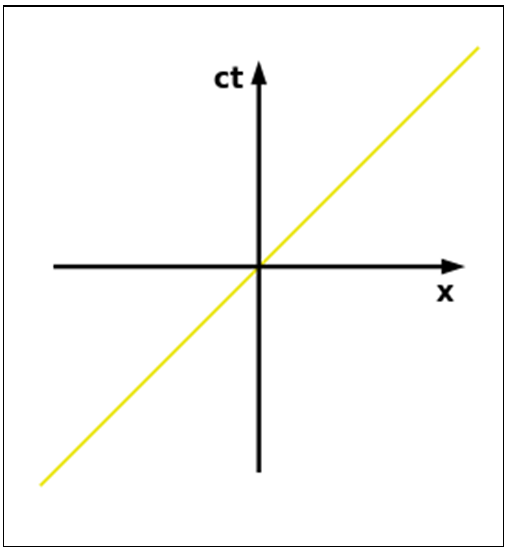If matter moves by teleport, how does that affect time and space? In quantum realism, a photon arrives at a screen as a cloud of client instances and the first node overload to successfully restart the photon server is where it hits. Many instances arrive but only one collapses the wave function by restarting the photons server at its point. The photon spreads as a quantum wave but is detected by a point physical event.
The same applies to quantum matter but its distribution spreads around it in a sphere. Before a physical event occurs, an electron is an instance ensemble just as a photon is. But it is many photons constantly restarting in a node and servers restarting at the same time and point entangle. They jointly run all the instances distributed around the electron so any successful restart involves them all. As a result, an electron restarts as an entity every cycle and where it restarts depends on its distribution, just as for a photon. The electron’s ability to restart at a new point allows it to tunnel to a new point regardless of any intervening barriers.
For matter, a “tick” of its time passes for every processing cycle it completes in the same node but each cycle it may also interact with something else. For example, a muon hit by a neutrino decays into an electron, an antineutrino and a muon neutrino. It takes about a millionth of a second for this to happen and this is the muon’s lifetime.
Now suppose that one quantum cycle the muon restarts at another point so it moves. As the distribution around a muon is weaker than at the center, a neutrino strike there won’t give a decay. If a neutrino was about to strike where the muon was, moving extended its lifetime by one cycle. By moving the muon dodged the neutrino bullet so the teleport cycle added to its lifetime.
For a muon, life events and movement events share a fixed resource, quantum cycles, that give one or the other but not both at once. A quantum cycle can be either a life event or a teleport so as a muon moves faster, more teleports replace life events so its lifetime increases. Time dilates for the muon as it moves faster as relativity says.
Any quantum matter entity that spends a quantum cycle “in transit” loses a life event cycle. Restarting at a new point in its distribution stops a life cycle occurring so as matter moves faster, its time dilates. If it restarts one node to the right say, any measure made in that direction is a pixel less. If one measures distance from where it is, a teleport one way shortens distance that way, and if time is measured in life events, every teleport steals a life event. Together, these two effects keep the speed of light constant as matter moves.

Figure 5.5 shows the space-time diagram of a photon passing stationary matter. The photon moves one point of distance per point of time to give a 45º line, which is the speed of light. Now suppose the matter point moves one unit towards the photon by teleport. If the axes stay as they are, it moves a distance unit closer to the photon in a unit of time but the teleport shifts the axes by a distance unit and a time unit as well. Since the photon still passes through the zero-point, shifting both axes by one means the photon line is still 45º, which is the speed of light. Relativity arises because matter movement changes the origin of time and space.
Recall the earlier example where the same photon from the sun passes rockets going in different directions from the earth at the speed of light (Figure 5.4). If the rockets and the photon move in the same way this is very strange but they don’t, as matter alters its time and space as it moves. The photon doesn’t change what it does but each rocket alters its time and space as it moves to keep the speed of light constant.
Each bit of matter has its own frame of reference, as if it had its own clock and map. Matter time is relative because it changes its reference frame as it moves. In contrast, light moves on every quantum cycle so for it, time passes absolutely. For matter to move at the speed of light, it would have to teleport every quantum cycle leaving no time for life events so its time would stop. This isn’t true for light because matter time doesn’t apply to light, as time is absolute for light but relative for matter.